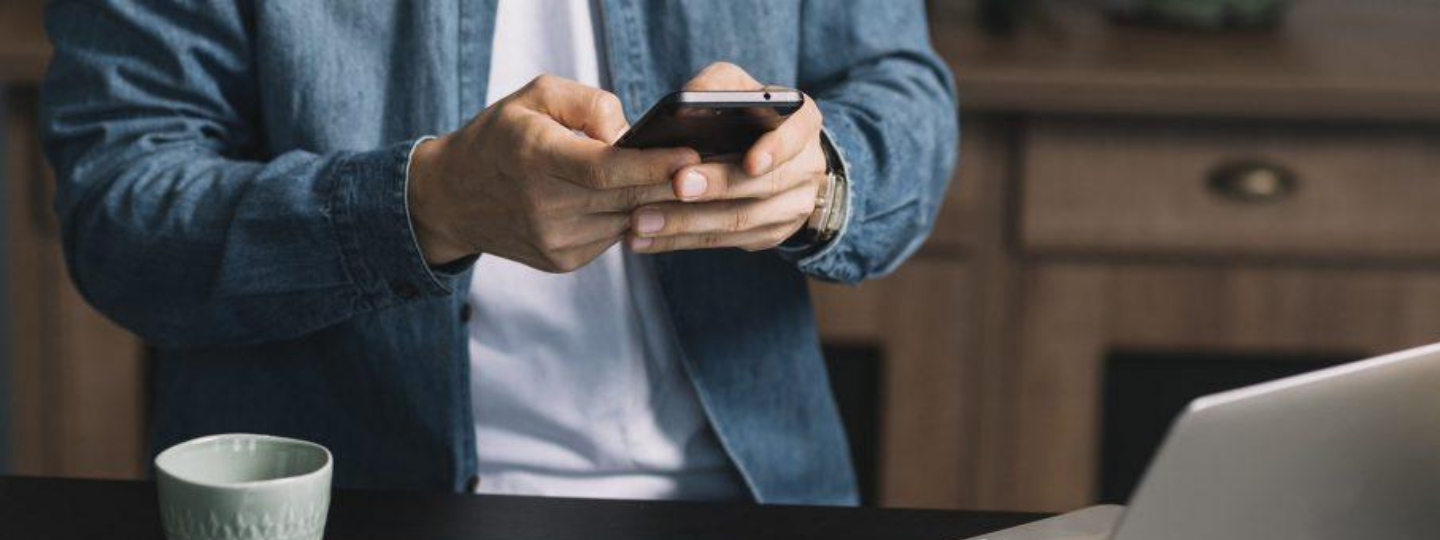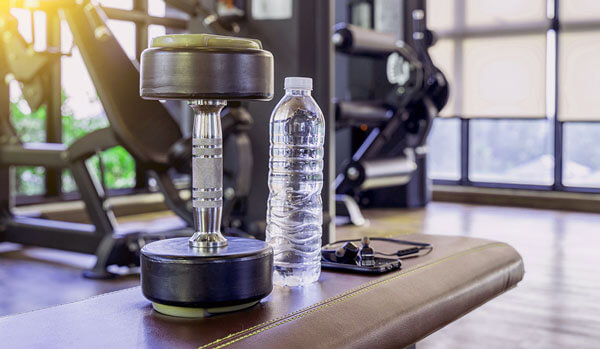Porn and mental health
Porn and mental health
How can porn influence our mental health and relationships? Learn more about porn and mental health from Jigsaw clinicians.

As technology advances, the accessibility of porn has increased. We know that many young people in Ireland are consuming porn.
The recent My World Survey, a study of young people in Ireland, had relevant results on this. It found that almost two-thirds of young adults had watched pornography on the internet.
What is porn?
The word ‘porn’ refers to any video, image, or print material viewed for sexual excitement or gratification. Pornography portrays sexual acts, but is not a realistic representation of sex in the context of most relationships.
In fact, there are often professional actors and directors involved, including high-quality cameras, lighting, and production. The final product you view online probably took a lot more production behind the scenes than it appears. Most of the individuals involved in producing porn videos make money from the amount of views.
Therefore there is a monetary motive. There are plenty of people who consider porn their full or part-time jobs.
Is porn illegal?
In Ireland, the only laws around pornography are on consent. You have to be 17 years old in Ireland to give sexual consent. Porn involving any participants under that age is illegal.
It’s worth noting the porn industry is largely unregulated, with a lot of potential for exploitation of those involved.
>> Read: Lack of regulation in porn industry leave women unprotected

Realistic representation
Pornography portrays sexual acts, but it is not a realistic representation of sex in the context of most relationships
How can porn impact our mental health?
With the widespread unregulated, availability and access to porn, it’s no surprise many young people (and people in general) view porn. Young people coming to Jigsaw have specifically mentioned how porn has negatively impacted their romantic relationships and sense of body image.
Porn and body image
Many young people talk to us about how porn affects the way they feel about their bodies. In particular, both men and women have said they compare their bodies to those they watch in porn.
People in porn may have:
- For women, large breasts and buttocks
- Slim figures (‘flat stomach’, thighs that ‘don’t touch’)
- For men, large penises
- For men, large muscles
- Little to no body hair for both
- For both, perfect skin on their face and bodies (no ‘blemishes’ or spots)
However, we know these features are not as common in reality as they appear in porn. Bodies we see in porn are often enhanced by cosmetic surgery, makeup, steroids, or video editing for example. There is no way for us to know for sure what is real and what is not.
We have to remember the people in these videos often prioritise their physical appearance above many things in their life. In many cases, porn could be their full-time job.
We don’t see the behind-the-scenes of how people in porn achieved these bodies.
Porn and relationships
We also hear young people talk about porn and the effect it has on their relationships and their ideas about sex. In many cases, we hear porn has created false expectations in romantic relationships.
For example, one person in a relationship may have viewed a scene in a video they wanted to act out. But the other person didn’t feel comfortable. Porn is not a standard for sex.
Mostly, it isn’t a portrayal of real intimacy between two people. We often don’t see any foreplay or lead-up to the sexual act.
Porn is a representation designed for entertainment purposes, specifically for sexual gratification. Sexual consent in porn is often implied, or ignored, and certainly not explicit (since they are actors, and likely aware of the upcoming sequence). We need to remember the importance of consent and sex, as it’s often not represented in porn.
Porn and the portrayal of gender dynamics
Many things we also see in porn can be violent, portraying submissive images of women and dominant ones of men. Although this theme is popular online, it can be damaging and is not a reflection of reality.
As we noted earlier, the bodies in porn can be unrealistic, but so too can the subject matter.
Body image
We have to remember that often times the people in these videos are prioritising their body image above many other things in their life.

Overconsumption of porn
Some young people who come to Jigsaw are concerned with consuming too much porn. It’s very easy to access online and can become a problem for some people.
Think about it this way: over an hour on porn sites, you could view hundreds of videos if you wanted. This can start to desensitise you for how to feel and react in real life. You may then find it difficult to perform sexually in regular circumstances, in comparison to what you have seen there.
As well, in many porn videos and images, the shots are only of bodies and not faces. This can be problematic as individuals involved in porn can become ‘things’ or objects, rather than people.
There is nothing necessarily ‘wrong’ or ‘bad’ with watching porn. Though we should be wary of how porn can affect us and our expectations. Because it’s only a portrayal of sex and does not represent reality.
What if you accidentally see porn?
We have heard experiences where a young person was shown porn by their friends (for example, in a group chat). Or saw an advertisement online. It can be difficult to see something we haven’t consented to, especially if it makes us uncomfortable.
If something you see doesn’t sit well with you, try to say something. You shouldn’t feel expectations to watch this type of content if you don’t want to see it.


